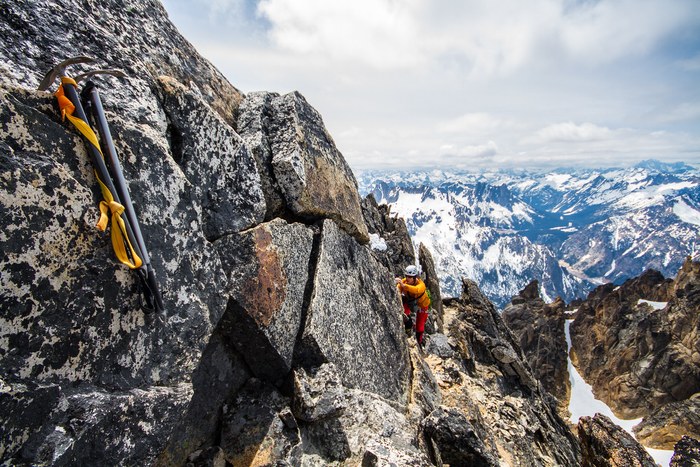How To
All posts
Peak Fitness: Reducing Knee Pain
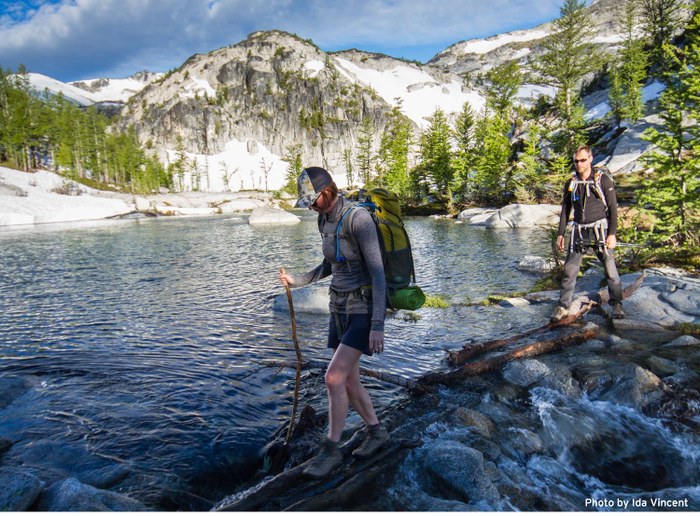
One of the most common questions I hear Mountaineers ask is how to prevent knee pain on steep hikes. Herein are strategies and resources for increasing your stamina, strength and flexibility so that knee pain may become a distant memory. Read more…
How To: Prevent and Treat Heat Related Illness
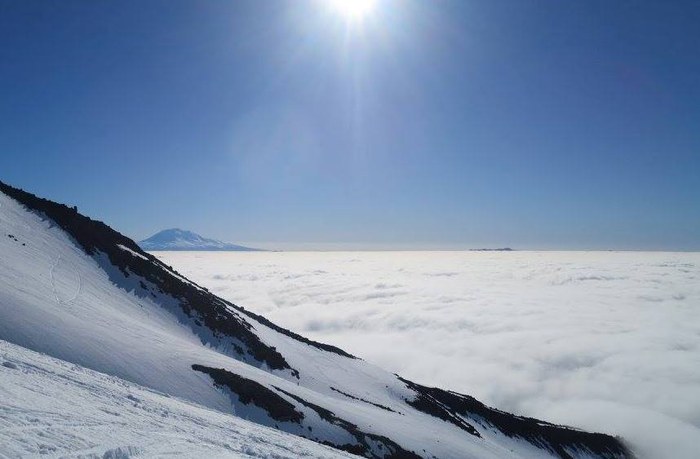
June was an interesting month in the mountains. We had “June-uary” conditions, giving us lots of new snow, rain, and wind. We also had scorchingly high temperatures with places like Leavenworth and Vantage reaching close to 100°F. As we progress through the summer, we need to be mindful of the dangers on these hot, sunny days - even if we are out on snow or a glacier. Read more…
Be An Outdoor Ambassador: How To Implement Low-Impact Recreation Skills
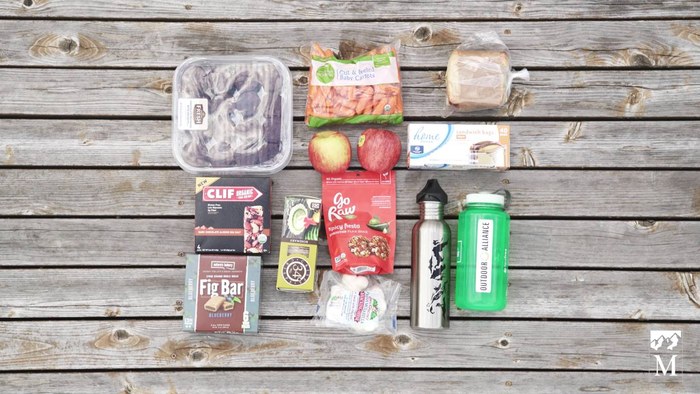
At The Mountaineers, we've believe venturing into the outdoors is an essential piece of the human experience. We go outside to wander and explore the adventurous spirit within ourselves. It's important to implement low-impact recreation skills to keep our wild places as sanctuaries for the human spirit; so our grandchildren can experience the sensation of discovering an untouched place. Read more…
How To: Poop in the Outdoors
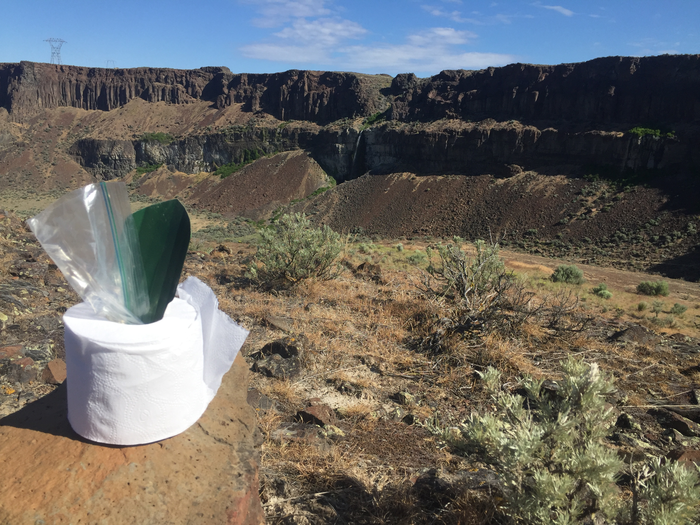
I am confident that you and I have at least two things in common: 1) we both set aside time to explore the outdoors, and 2) at some point during these adventures we will both experience the discomfort of knowing we have to go number two. Even if you don't, you will inevitably be reminded of this basic human function by the sight of toilet paper discarded uncomfortably close to trails and water sources. By the amount of TP I have seen recently on Washington’s trails, it seems even the most avid outdoor enthusiasts may not know how to handle nature’s calling. Read more…
How To: Prepare for an Overnight Trip
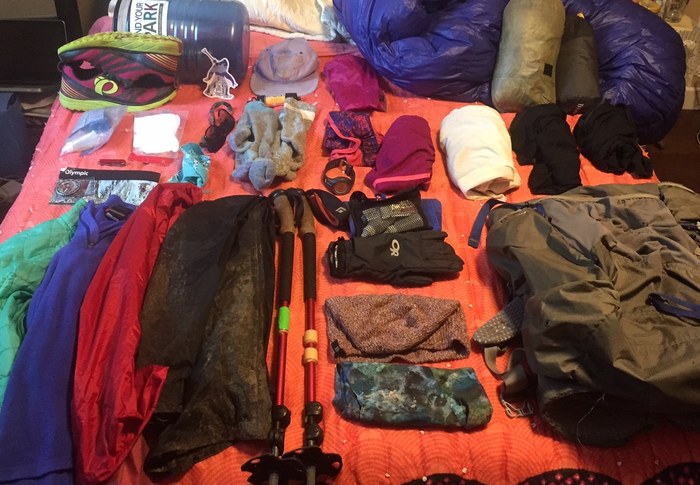
In my last post, I discussed how to take care of your sleeping bag. I received many good questions. Thanks for taking the time to write me! One reoccurring question was about my method for storing a sleeping bag when backpacking. As promised, I will talk about that as well as other tips and tricks for preparing for an overnight trip in any season. Read more…
How To: Manage the Risks of River/Creek Crossings
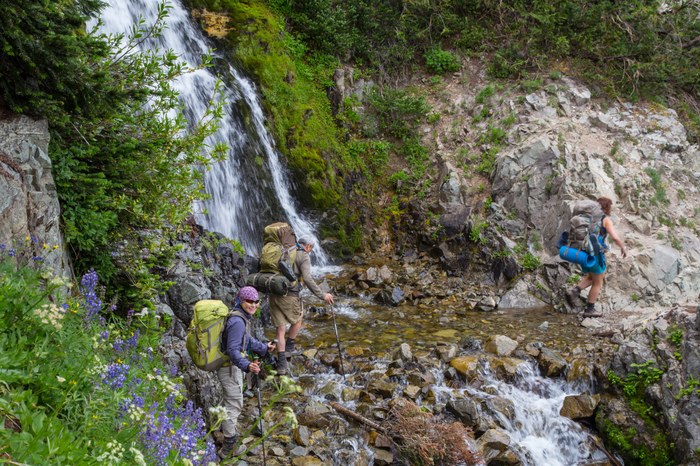
As the weather gets warmer and winter snow melts away, more of us are heading outside. And as the snow melts, it leaves us with a sometimes a challenging obstacle: water. In the Cascades, it doesn't matter if you are a hiker, scrambler, or climber, eventually you'll have to deal with a water crossing. It could be a small trickle or a rushing river. It's not a matter of if, but when, you'll encounter this obstacle.
This article was updated in May 2018.
Historical Perspective
A few years ago, a Mountaineers group was headed to climb Sahale Peak. The team was crossing a small drainage in the area between Midas and Morning Star Creek - two of the main creeks that flow out of the Quien Sabe Glacier below Sahale - when one of the climbers slipped and hit her face on the rock in the creek. This caused a small laceration, just under the right eye, and swelling around the area, as well as a headache, slight dizziness, and swelling. The trip leader decided to cancel the climb and turn around at this time. The group headed back to the cars and the injured climber was taken to the hospital for medical evaluation. Luckily, she sustained no fractures or head injury, but she did have a nasty black eye.
This incident shows how something seemingly simple, like crossing a small trickle of water, can be detrimental to the success of a trip.
Avoiding Hazards
Many different hazards are involved in water crossings: slippery, moss covered rocks, swift currents, soggy boots, and cold feet. If you do fall in, you have soaked clothing and gear, the risk of hypothermia, potential projectiles in the water like logs and boulders, and much more.
Here are some tips to reduce your chances of ending up soaked and needing to cancel the rest of your trip:
- Never try to cross a major stream if you are alone. It only takes 2" of water to drown. The climber in the incident above could have easily been knocked unconscious, and if there was no one to help her up, it could have been a different outcome.
- Quickly search both upstream and downstream for a way to cross without having to ford the water. Look for downed logs, closely spaced stones and boulders, or narrow points in the waterway. Be sure to keep in mind the ability and experience levels of everyone in your group.
If you find possible logs or stepping stones, consider:
- Will it hold you? If you are considering a log, is it strong enough to hold your weight as you cross, or is it rotten and will break once you are half-way out? Is it wide enough to get good foot placements? Are there branches sticking up in your way? If you are considering stones, are they sturdy and solid, or are they going to shift under your weight and dump you in the water?
- What is the surface like? Does that log have rough, textured bark that will give you good traction, or is the bark peeled away showing damp, slick hardwood? If you are unsure of the footing, but the log seems strong enough, one alternative is to butt-scooch along the log. Are those stepping stones covered in slick moss, or do they have good texture?
- Be particularly cautious of log jams. They might seem like a solid option, but the logs can easily shift and throw you off balance and into the water. Now you are in even bigger danger of getting caught underwater by one of the logs.
Regardless of how you have to cross - whether it be logs, stepping stones, or just fording the water - take a minute to look downstream of your crossing point and examine the hazards you could encounter if you fall in. Is there a large waterfall you could get swept over? Maybe a downed tree or log jam that you could get caught in or some large boulders you could hit. If anything like this poses a danger, re-evaluate your crossing point.
Picking the best spot
If your only option is to ford the water, follow these steps:
- Look for the shallowest, slowest running section. This is usually also a wider section of the waterway.
- Assess the water's speed by tossing in sticks, leaves, or grass into the water. If there is debris actively floating down the water (evidence of flooding) or the sound of tumbling rocks can be heard underwater (evidence of fast-moving water), the crossing should be abandoned.
- Keep in mind the the physical stature of other people in your group. Two feet of water could be less than knee-deep if you are 6'6" tall. But it could be mid-thigh deep for someone under 5' tall, and that makes it much more challenging.
- Look at the bank on the other side. Avoid steep banks as this not only indicates a challenge exiting the water, but that steepness could continue dramatically down and create a deep hole with fast-moving water.
- If possible, plan to cross early in the morning. Many of the waterways in the Cascades are directly fed by snow-melt. After a cool night, there won't be as much melting and the water level will be lower. On the flipside, after a long, hot summer day (or even a warm spring rain) there will have been a lot of melting and all that water will be rushing through the streams at a higher overall level that afternoon, making them both deeper and faster flowing.
Staying Dry & Avoiding Injuries
Once you've chosen your place to ford the water, follow these tips to stay dry and avoid injuries:
- If you have sandals with an ankle strap (like Chacos or Tevas) change into those. Avoid flip-flops as the loose heels can get caught in the current and make you lose your balance.
- If you don't have alternate footwear, at least take your socks off and put your bare feet back in your boots. That way, you can put your dry socks back on after crossing and they can start to absorb some of that water in your boots.
- Do not cross in just your bare feet. Unknown hazards in the water, like sharp sticks, rocks, possibly even fishhooks, could injure you. Your bare feet are a poor substitute for the traction provided by the soles of your boots.
- Take off extra layers and pack them in the most water-proof thing you have. I always carry one or two extra heavy-duty trashbags in my pack. Take that warm puffy off and wrap it up the best you can. You'll want it once you get to the other side! Roll up your pant-legs, or ditch your pants altogether.
- Undo your waist-belt and sternum straps on your backpack and loosen your shoulder straps. If you do fall in, this will allow you to easily get your pack off.
Crossing Methods
- If you are crossing the water one at a time, use your trekking poles, ice axe, or downed tree limbs for stabilization.
- Cautiously enter the water and face upstream. If you only have one pole or limb to help you, hold it with both hands in front of you (upstream) to form a tripod with it and your legs. Lean on the pole as third leg as you shuffle-step across, keeping two points of contact at all times. If you have two poles or limbs, you can use the one in your leading hand to probe along the way and feel for submerged obstacles or hidden holes.
- Another method is to cross as a group using the "mutual support method." There are two options for this - in the first option, everyone should face upstream and hold on to the shoulders or backpack of the person in front of them (front person can have a pole or limb). As a group, shuffle step across the water, using each other for support and stability.
- Another option is for everyone to face the opposite bank and move together as a unit. In this method, keep the waist-belt of your backpack buckled. Insert your arms between your neighbors' back and their pack, and grab their waist-belt on the opposite hip. In both scenarios, the most upstream person should be strong, then the second person should be the strongest and/or most experienced. The person on the other end should also be strong, and then all other members sandwiched in the middle. End people can also have poles for extra stability. Don't break formation until everyone is out of the water.
Regardless of which method you use, don't fight the current or try to go straight across the water. Instead, with each step move diagonally downstream as you make your way across.
If you do fall in, try to stand back up as quick as possible before your backpack gets too waterlogged. If you are swept downstream, get out of your pack but try to keep hold of it and use it for flotation. Try to position yourself face up with your feet downstream of you. Only try to stand up once you can touch the bottom in shallow water. Editor's Note: Be aware of the dangers of foot entrapment anytime you stand up in moving water.
Once you've made it across, wring out your damp clothes and use a pack towel to dry off as much as you can. If available, switch into dry clothes. Put on an extra insulating layer to help keep in what little body heat you have. Pop a quick bite of food in your mouth and start hiking to generate some more warmth.
Take every water crossing seriously. Always ask yourself, "Do we need to cross? Where do we cross? How do we cross?" Even with all of these tips, be sure to keep in mind that if there is any doubt, not crossing at all is the best option.
Peak Fitness: Strength Prioritization
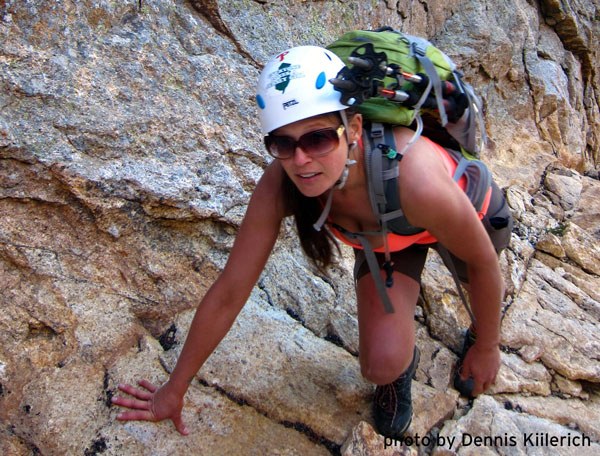
When setting up a routine, sometimes you just don’t know where to start. Below are some great principles to follow when creating an exercise regime for yourself. Read more…
How to: Reduce a Dislocated Shoulder
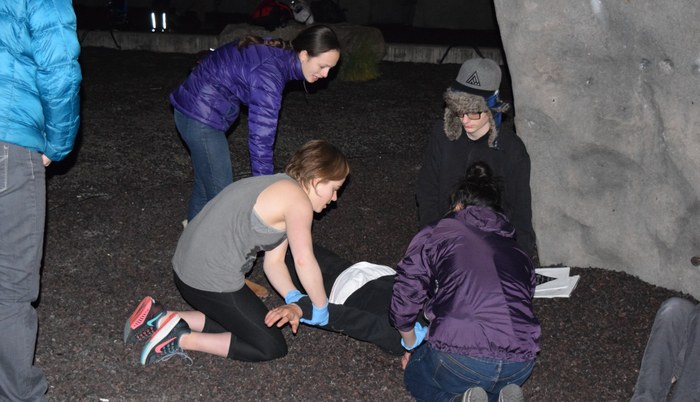
As I skimmed through the latest Annual Safety Report looking for ideas for this month's article, I noticed The Mountaineers had 5 instances of dislocated shoulders in 2014. This got me thinking about all of my friends who have had shoulder dislocations while out in the backcountry. Read more…
How To: Care For Your Sleeping Bag
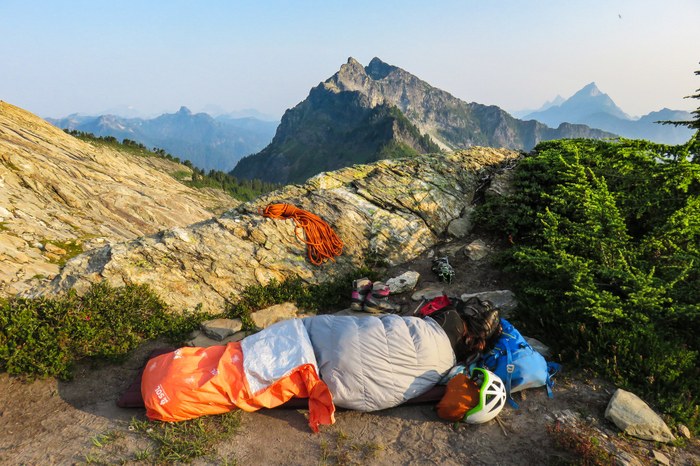
It’s that time of year when I like to take inventory of my backpacking gear and find the chores I put off during the busier hiking months. Remember that small tear in your tent mesh you ignored or the clogged water filter you put off cleaning? Like me, you probably forgot about those issues when you stuffed your gear away last fall and will only remember them when you are already in the wilderness on your first trip. If these simple tasks are left unattended, they can become major annoyances or worse, require expensive replacements. Read more…
How To: Pick an Altimeter
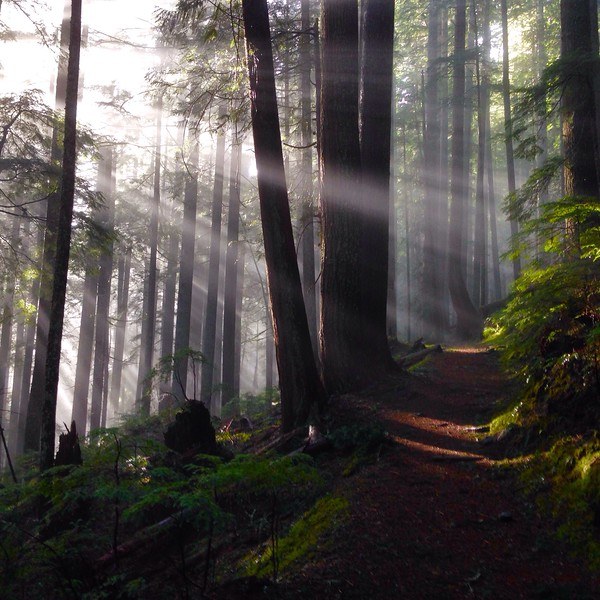
Early altimeters with 19 jewels and Swiss-made movements were price-prohibitive and thus weren’t included in either The Mountaineers navigation courses or the Ten Essentials. However, with new technology emerging, the upcoming 9th edition of Freedom of the Hills will feature map, compass, and all of the modern tools with altimeters prominent among them. Read more…
How To: Know When Your Fuel Canister Is Empty
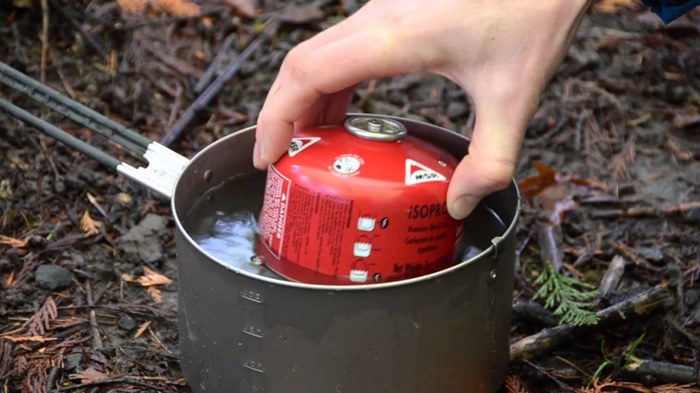
Ever wonder how much fuel is left in a used canister? In this short, instructional clip, MSR shows how to measure MSR canister fuel. Read more…
Backcountry Bites: Chocolate Matcha Energy Balls

Nuts, trail mix, energy bars? They do the trick. But it doesn’t take long for regular snacks like those to become boring and bland. So I went on the search for something full of flavor, but healthy and compact. And something that would sustain me too. Read more…
How To: When To Put On Crampons
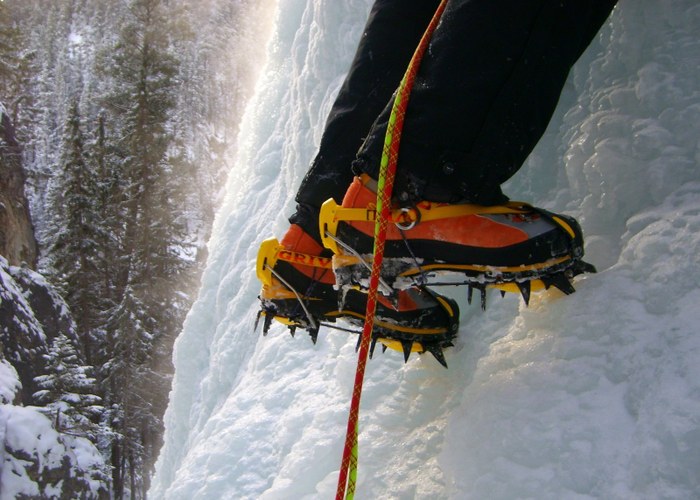
Crampons are an indispensable tool for any alpine mountaineer. But sometimes it's not so "cut-and-dry" as to when you should use them. Read more…
How to: Prepare for Variable Weather
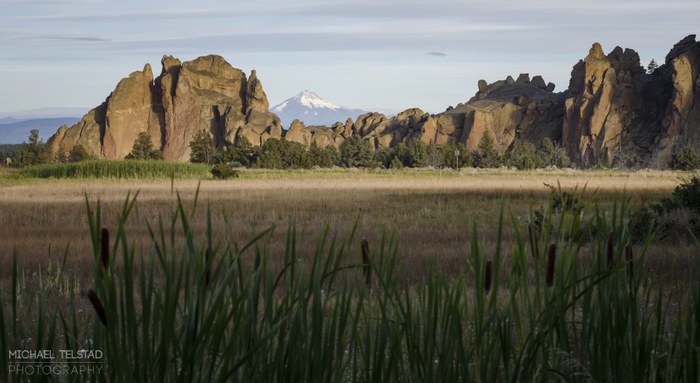
With the days getting shorter and colder as we creep into winter, many climbers start looking for warmer venues for their climbing excursions. If you are looking for a weekend warm-up, we have good crags close to home, like Vantage, Tieton, and Smith Rock. However, even though these areas are usually warm during the day, they can still get bitterly cold at night. Climbers should be prepared for the temperature swings that accompany these arid, deserty crags. Read more…
Leave No Trace: Rappel and Belay Stations in the Alpine
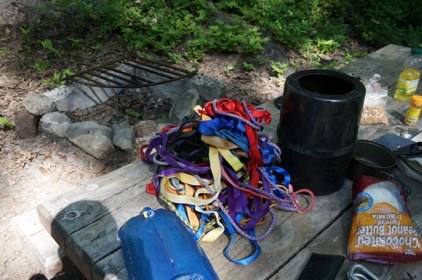
Leave No Trace isn't just for orange peels or poop. It applies to all facets of our outdoor explorations. Climbing is unique because it is one of the few outdoor sports where you often must leave gear or webbing behind to descend safely. Consequently, the climbing community must work as a team to limit our collective impact, especially on our popular climbing routes. Read more…
Balance and Coordination - One-leg deadlift
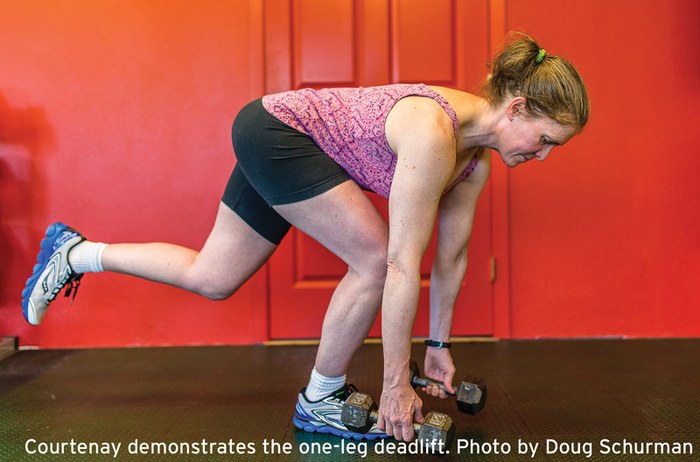
One of the most important exercises in my own outdoor-conditioning strength program, and indeed in the program of many hundreds of mountaineers I've trained over the past fifteen years, is the one-legged deadlift. Whether you are 8 or 88, you need balance, coordination, and strength. To go faster uphill on foot, include the one-legged deadlift in your program. It will help your glutes, quadriceps, hamstrings, and balancing muscles around the feet, ankles, hips and knees. Read more…
Word of the Day: Benighted
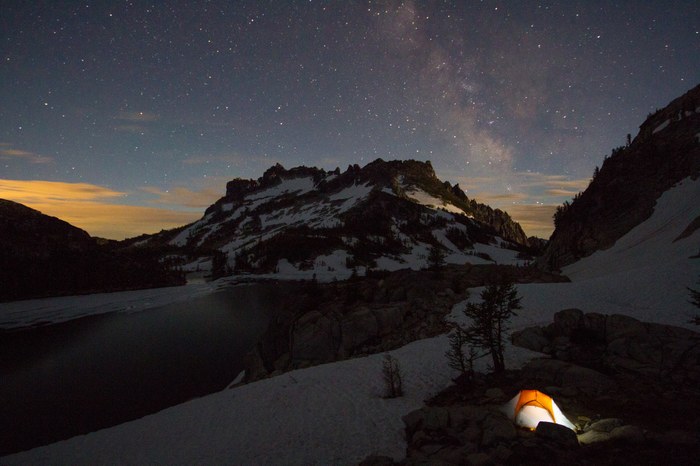
On a Bellingham Basic Alpine Climb of Horseshoe Peak, the group chose to stay out an extra night at their base camp after returning from their climb. As climbers progress and start attempting longer, more technical routes, it becomes a matter of not if, but when they will be benighted. Read more…
How to: Purchasing a stove
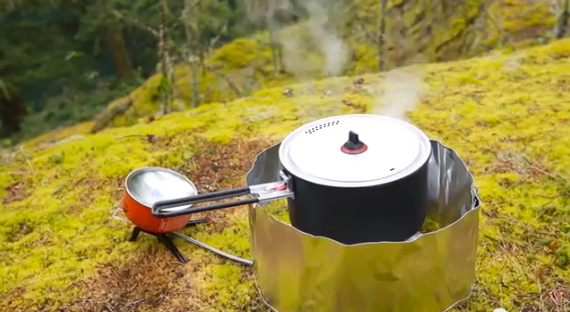
Purchasing a new stove can be a confusing process. There is a wide range of information on the web, and most manufacturers include a lot of different test numbers. It isn’t always clear what these numbers mean or how they’ll impact real-world performance. In this article I explain which numbers you need to know and which you don’t. Read more…
"Rock, Rock, Rock, Rock, Rock!": How to Avoid Rockfall
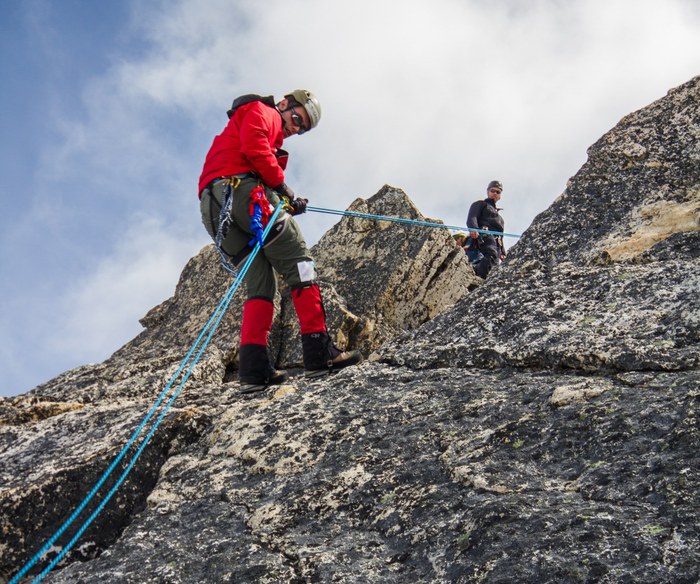
"OUCH!" screamed my instructor at the rock field trip last month. A golf ball-sized piece of Mt. Erie had just bounced off the top of her helmet and she asked her students why no one had been screaming the "rock, rock, rock!" warning. In this case, however, no climbers were above her and as best as we could figure out, an empty rope had knocked it loose earlier in a climb and it finally fell after the climber was off rappel. "Thank you" to Instructor Sherrie Trecker for that perfect demonstration why you always wear your helmet at the crag - even if you're not belaying or on a rope. Because of that, one modest "ouch" was all Sherrie had to say to convey her level of surprise: no injury was caused. Read more…
Our Secret Rainier: Lookout Towers

Mount Rainier National Park has over 100 climbable peaks — not counting Mount Rainier itself — either within or immediately adjacent to the Park boundary. Most are scrambles, a few are climbs, and 15 peaks are reachable as hikes. Read more…
How To: Preventing Descent Accidents
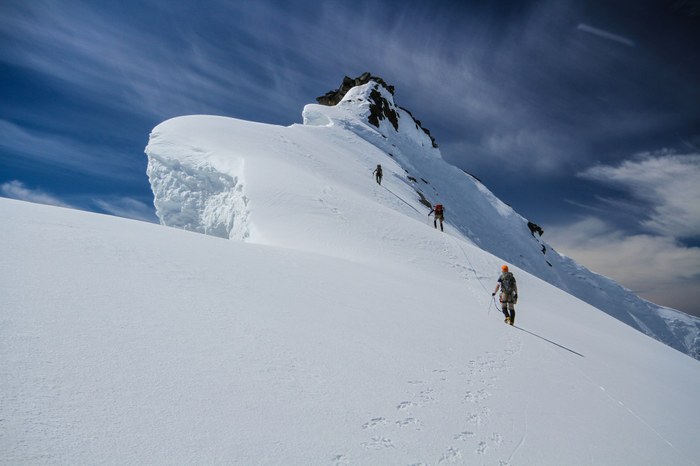
Recently, a group of 6 climbers were on Sahale Peak in the Boston Basin area of North Cascades National Park. They'd enjoyed great weather, and climbed efficiently up the Quien Sabe Glacier on the northwest side of the peak, reaching the summit around 10:30am. Read more…
How To: Hiking "Hacks"
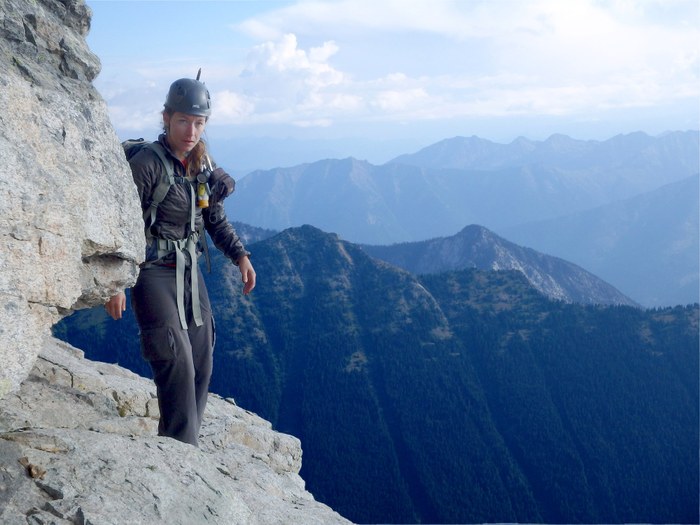
One of our members, Linsey Warren, recently became the youngest person to complete the Bulger List, climbing to the top of the 100 highest peaks in Washington. All those miles on the trail taught her some valuable lessons. Check out some of her favorite hacks to make your time on the trail more comfortable, convenient, and FUN! Read more…
How To: Sharing Trip Reports
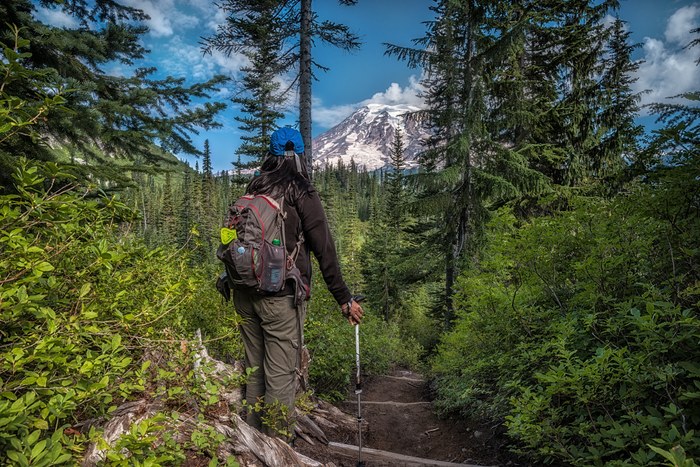
Sharing your travel adventures with others in a Trip Report is helpful in many ways. Trip reports can be a useful tool to share current trail conditions or noteworthy changes to a route/place, and they're a fun and creative way to share your unique experiences in the wilderness! Read more…
How To: Pick a Tent
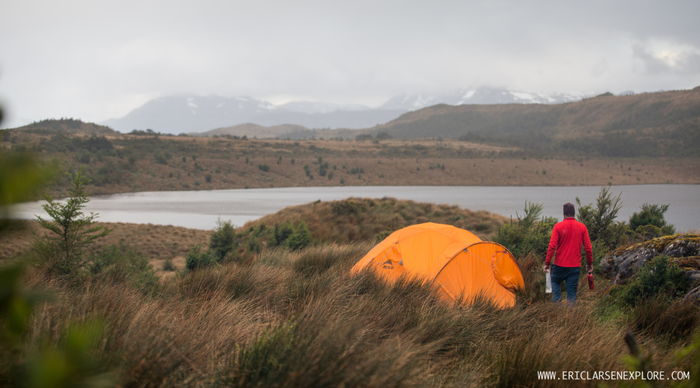
Terry Breaux is what you would call an expert camper. He fell in love with the outdoors as a kid the first night he slept in a tent under the stars. He continues to pursue bikepacking expeditions today, always testing gear and seeking ways to create better shelters for outdoor users. He's been designing tents since 1989, and for the last nine years he's worked at MSR. Now he's spreading his tent knowledge with you. Read more…
How To: Evaluate Self Arrest Skills Without Snow
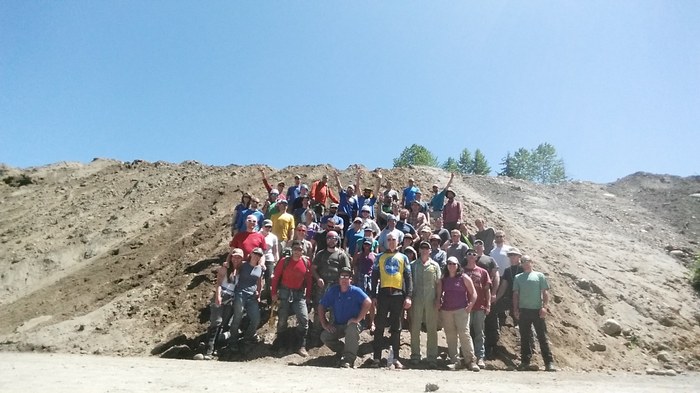
Due to the record lack of snow this season, we spent weeks trying to figure out how we were going to do FT 7 Hard Snow and Ice Axe Self-Arrest, the final field trip for the Basic Class. Of course, in my infinite wisdom, I volunteered several months earlier to lead this FT because they were one leader short. I had no idea what I was getting into. Read more…
How To: Coil a Rope
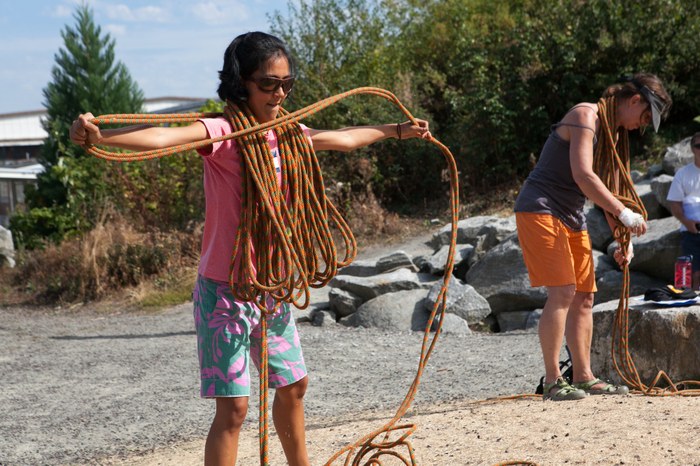
Ever wondered how to efficiently coil a rope? With these three techniques from our friends at Petzl you can become the master of coiling a rope in your hand or over your shoulder to carry in a variety of ways safely to and from the crag. Read more…
A Primer on Course Instruction
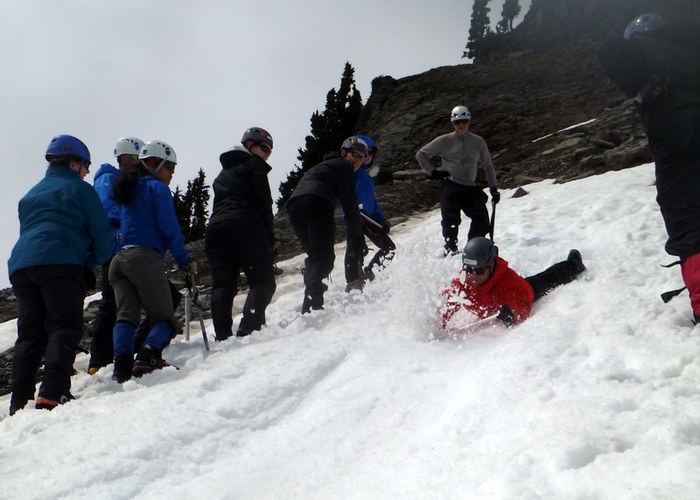
The art of teaching and instruction is a skill honed over a lifetime, and we all have a lot to learn ... about learning . Here are a few resources to start you off: Read more…
How To: Glissade Safely
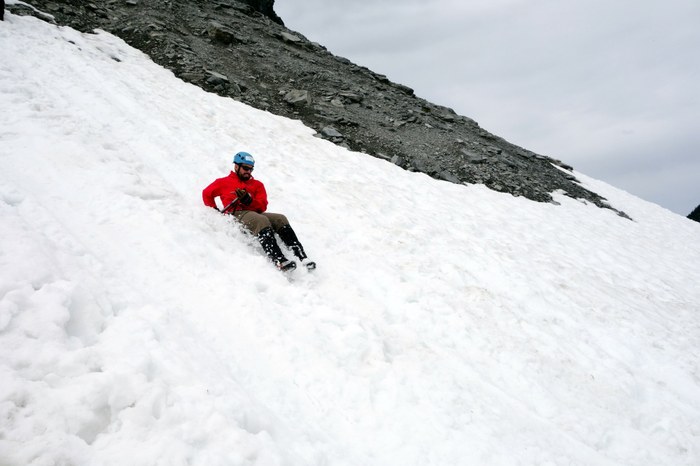
A group was recently out on Mt. Baker for an instructional session that was to be immediately followed by a climb of the mountain via the Easton Glacier. Read more…
How To: Slippery Descents
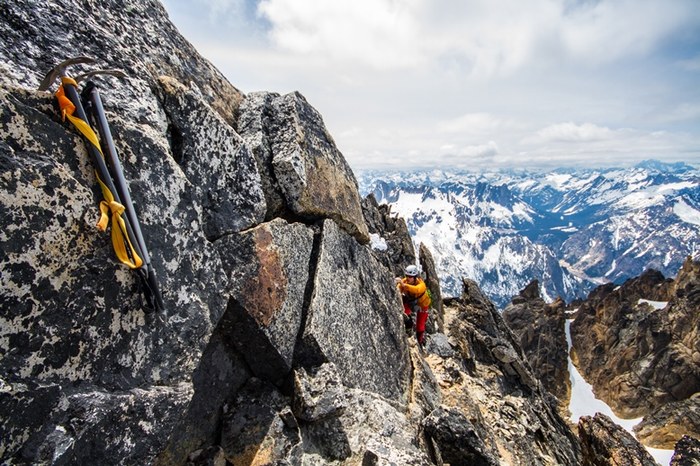
Spring is turning to summer, which means we'll soon have more folks out on the trails and in the hills. Most climbers will probably do conditioning hikes or easier alpine scrambles to get started, but even on these easier outings, mishaps can occur. Here are some pointers to stay safe out there. Read more…
